Water from the Rock
The Mchinji Mountains are a small highland area atop a plateau. Home of Hope draws water from both.
Water from a spring at the base of the hill we climbed feeds the Home’s taps, and irrigates its on-site vegetable gardens and Macadamia tree nursery.
The plateau plain below is characterized by "dambo" areas - wet all year-round, with rich, black soil. (A geologist may mention “weathered basement aquifer” at this point. I will stick to “reliably swampy areas”.) When Rev Chipeta retired from church ministry in Zambia, he purchased a large tract of land that includes a number of dambo areas. Dig a little, and there is the water.
After lunch we went to see these little oases and the fields they irrigate, but first - our morning. Next door to the Home of Hope campus is the Mchinji Mission - a congregation of the Church of Central Africa Presbyterian (CCAP) - and the “home church” for many at Home of Hope. We donned the traditional attire Rev and Mrs Chipeta gave us last week, and went to the service at 9am.
First there were a number or children from Home of Hope. (Nearest the camera is “little Alex” - my namesake, now aged 9). They sang spontaneously and beautifully for half an hour until the service-proper started at around 9.30. Then it was choir time! Several choirs contributed songs, then there was an invitation for the “visitors’ choir” to sing. That was us, and we had rehearsed nothing! A quick note on a piece of paper passed between us was enough to share an idea, and we managed OK with renditions of “We are Marching in the Light of God”, and later “Cup Fill My Cup Up and Let it Overflow” (both familiar to a number of us from Christ Church, Bedford).
But it was all about the local choirs. Did something of the flavour of music fade as it moved north out of Africa with mankind? Here it has a texture and taste I can’t define, except to say that it moves. Deeply moves.
A few of us shared a message based on Luke 5, the calling of Levi the Tax Collector, entitled “Get Help”. Alysha dressed in her medical “scrubs” (“It’s not the healthy who need a doctor, but the sick” is what we were exploring), and she, Phil and Helen enacted scenes in which at first only Helen accepted help for an illness (she pretended to have hurt her arm) - Phil saying “I’m fine!”, though grasping his “sore stomach”. We considered what could possibly prevent someone from accepting needed help right there in front of them. Try pride. Try fear. Eventually Phil relented and allowed Alysha to give him something for the pain, after some encouragement from Helen. Stories still work as buckets to carry meaning. And everywhere in the world there is the tragedy of needless thirst while sitting right next to the well.
After the service we were shown the nearly-complete new Mission Church building just next door. It will seat a thousand, and stands on the foundations of an earlier structure in which Rev Chipeta was baptised (1962?). This is where he would like his “last service” to take place when that time comes, he told us. I imagine it full that day.
Back to the farm. After lunch we drove south, about half way along the road into town, then turned left on to a lumpy track (watch out axles!) on to the plain. Here are fields, dotted with villages. Here is a vast sky.
Rains accompanying Cyclone Freddy washed away sections of the track earlier in the year. Malawi Orphan Fund sent money for repairs. Phase 1 is complete, making the road passable for vehicles once more. Phase 2 will add culverts at key points to guide water along less destructive channels next time the rains are heavy. Once we’d seen the repairs we went further, to the place Rev Chipeta really wanted us to see: the irrigated crops.
This is the “dry season” in Malawi, yet here were fields of cabbage, seedling onions, tomato plants, the beginnings of “Irish” (potatoes), even out-of-season maize. A little ingenuity involving pumps, pipes, and elevated tanks, and three crops a year are possible. Impressive, and part of Home of Hope’s ongoing drive for food-security.
A range of livestock complete the picture. There's great potential here, too. The vision is for sustainable herds to regularly supplement the Home's staples of nsima and beans.
"Keeping it real", the tractor stands broken. Replace the engine? Avoid the challenge of owning and maintaining very expensive, complex equipment, and hire when needed? Fertilizer prices are high. For seed, too. "Everything is up".
We lumped and bumped back up to the main road and turned right. When it all seems a bit much, back to what it's all about. The kids.
Alex


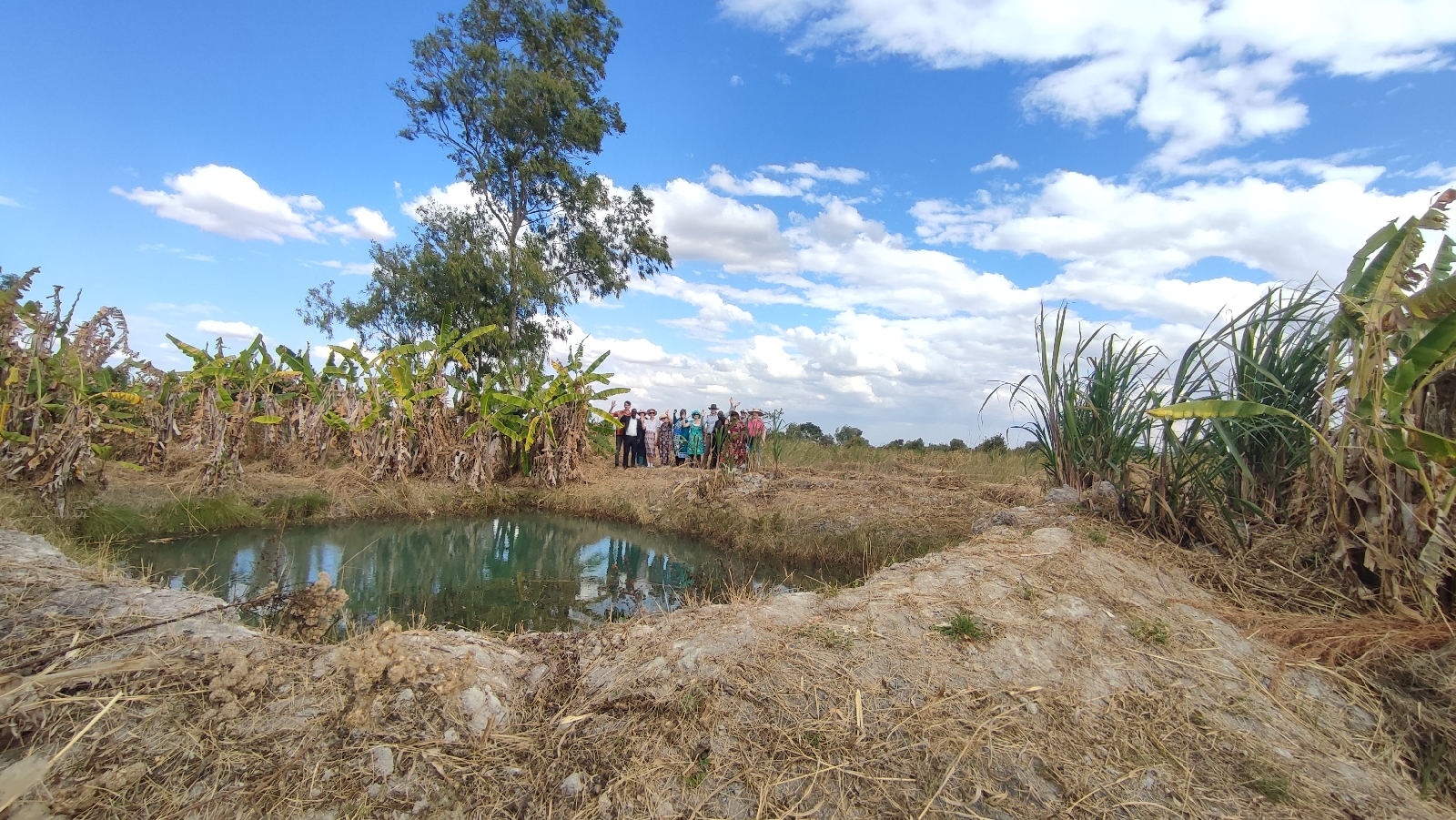


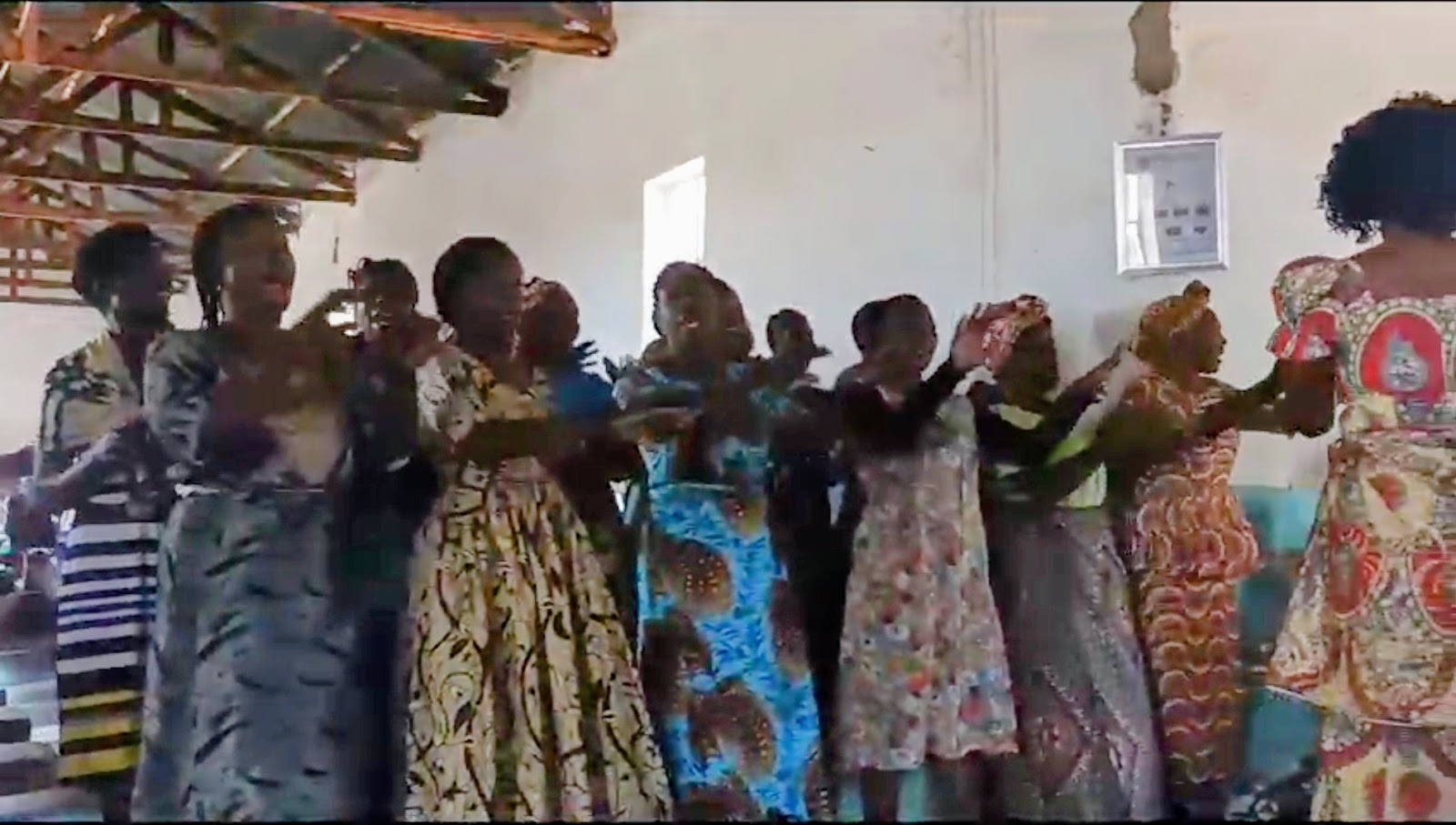





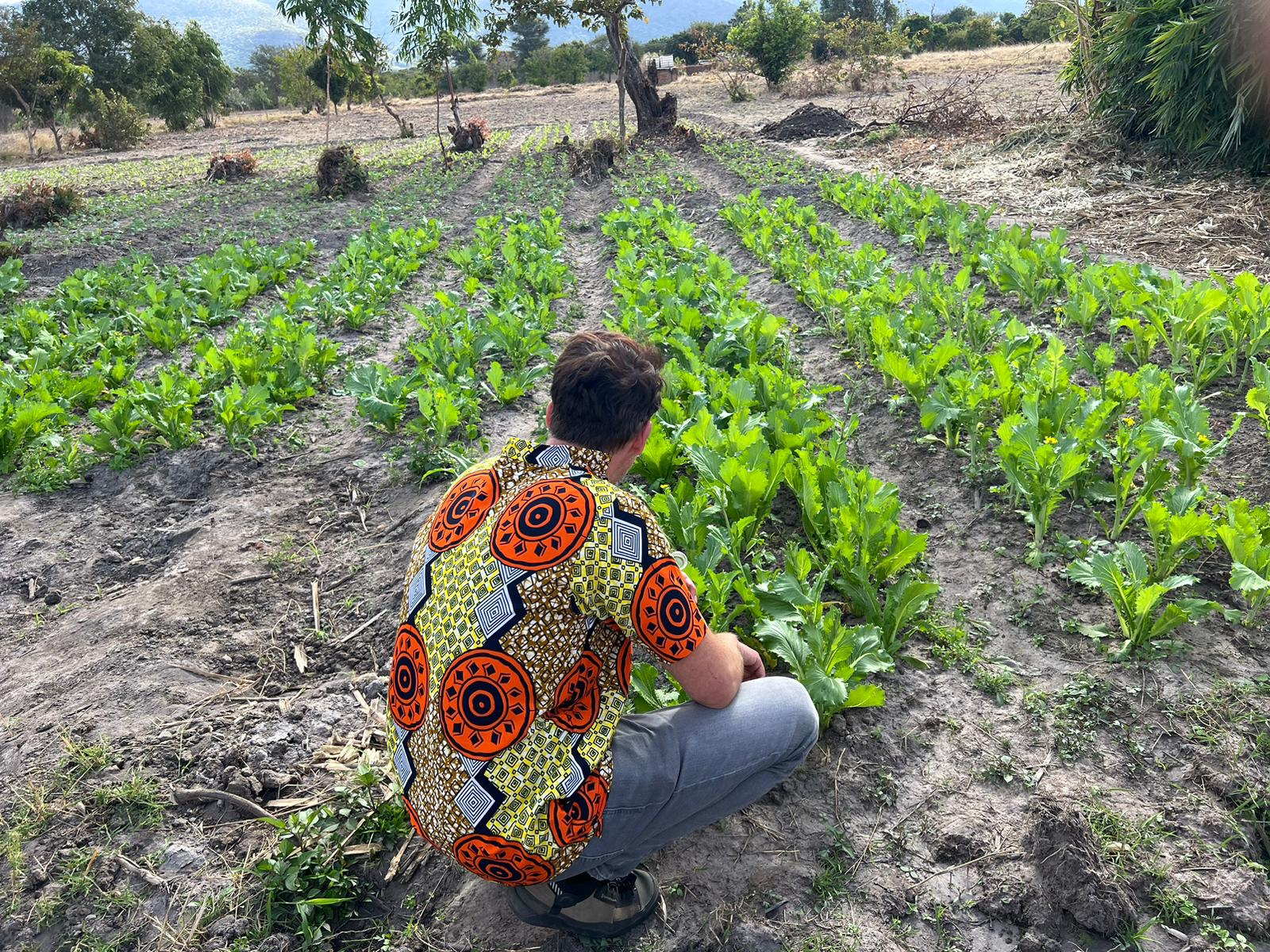
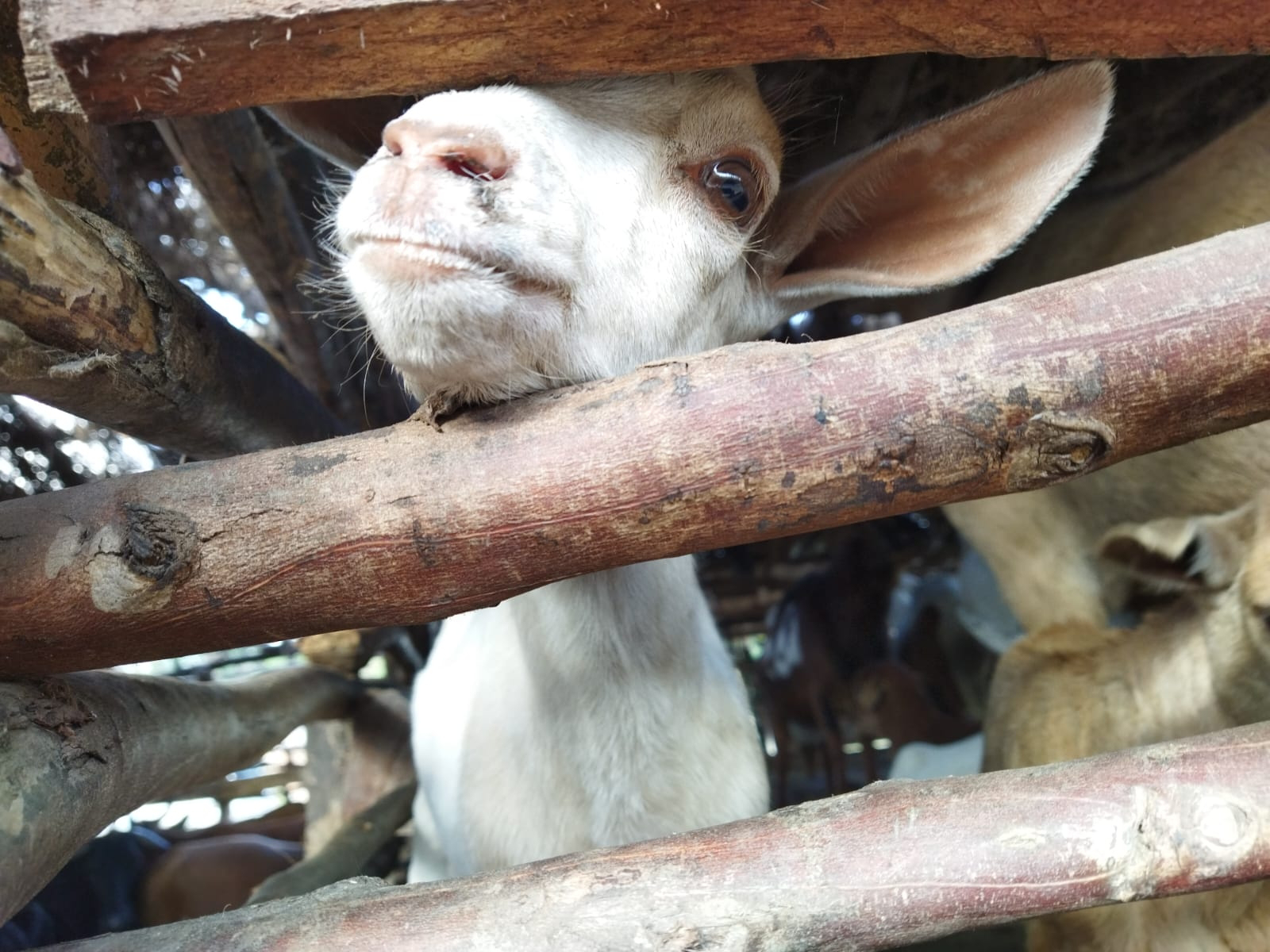
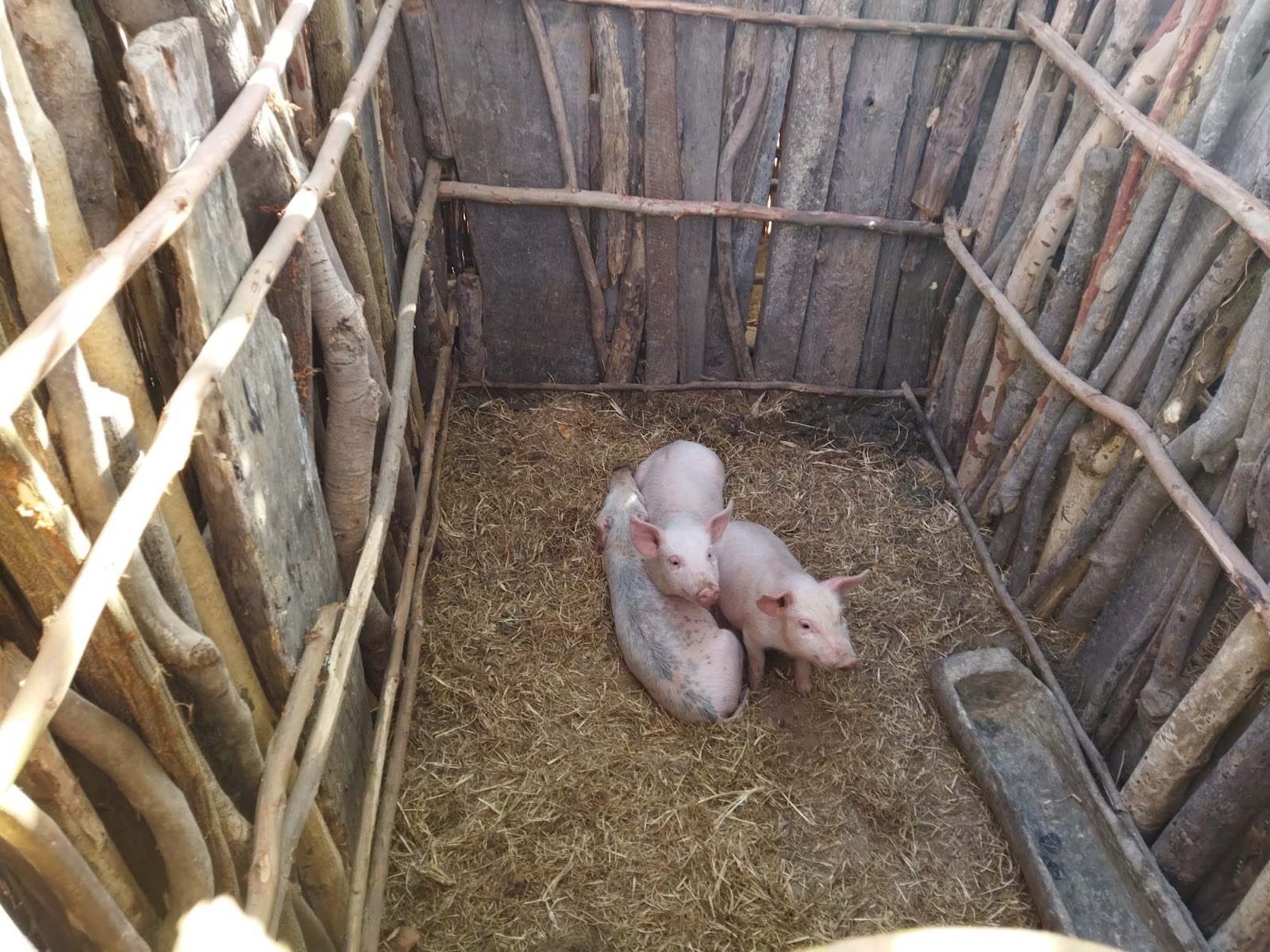

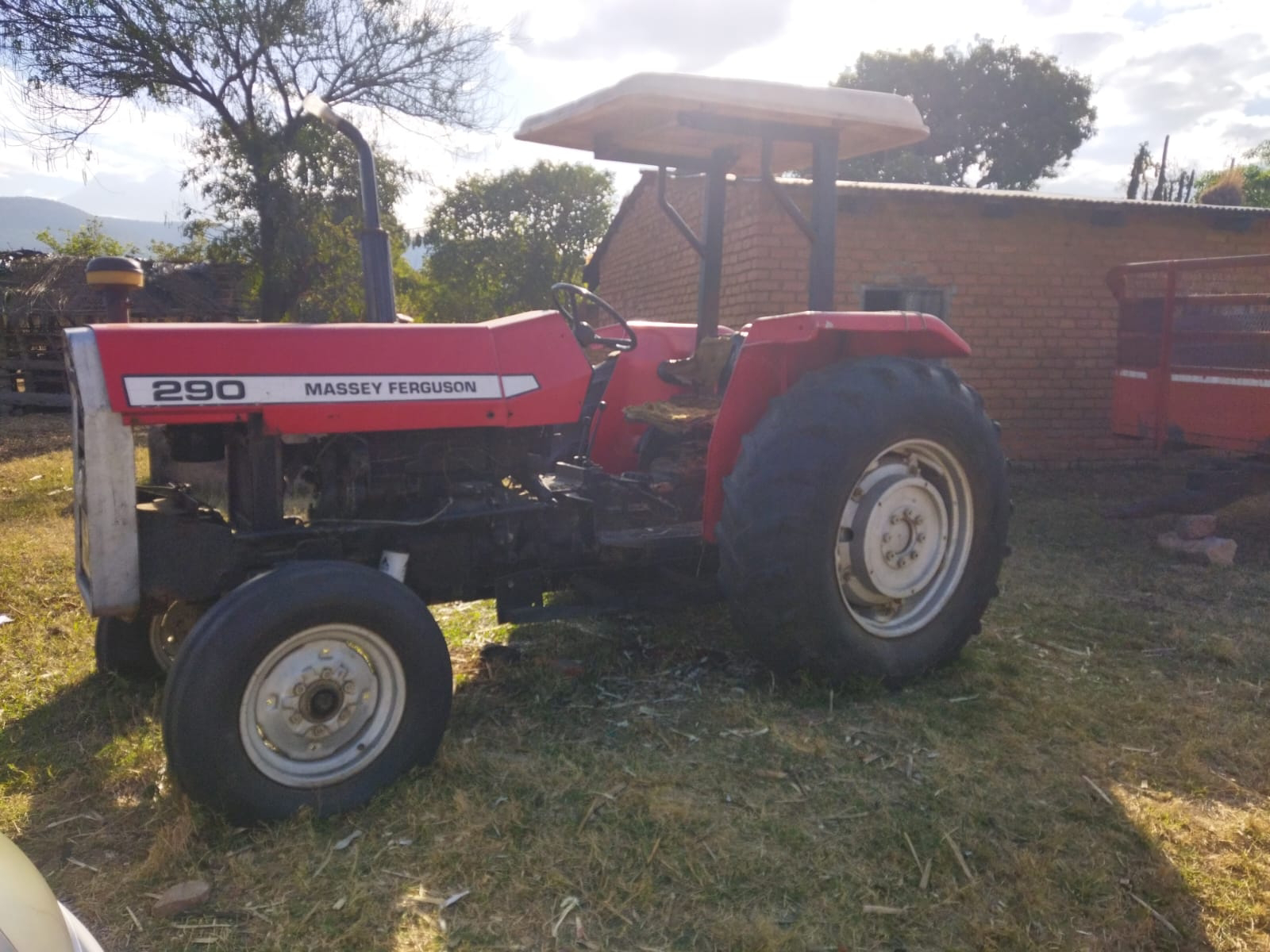




Comments
Post a Comment